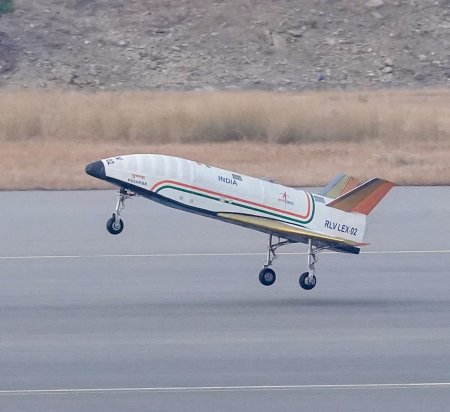SpaceX launches more Starlink satellites
The beat never ends: SpaceX last night successfully launched another 23 Starlink satellites, its Falcon 9 rocket lifting off from Cape Canaveral.
The first stage successfully completed its nineteenth flight, landing successfully on a drone ship in the Atlantic. This stage is now the third that has completed a record nineteen flights. One wonders when a stage will reach twenty.
The leaders in the 2024 launch race:
29 SpaceX
12 China
4 Rocket Lab
4 Russia
American private enterprise now leads the rest of the world combined in successful launches 34 to 22, while SpaceX now leads the entire world, including American companies, 29 to 27.
The beat never ends: SpaceX last night successfully launched another 23 Starlink satellites, its Falcon 9 rocket lifting off from Cape Canaveral.
The first stage successfully completed its nineteenth flight, landing successfully on a drone ship in the Atlantic. This stage is now the third that has completed a record nineteen flights. One wonders when a stage will reach twenty.
The leaders in the 2024 launch race:
29 SpaceX
12 China
4 Rocket Lab
4 Russia
American private enterprise now leads the rest of the world combined in successful launches 34 to 22, while SpaceX now leads the entire world, including American companies, 29 to 27.












